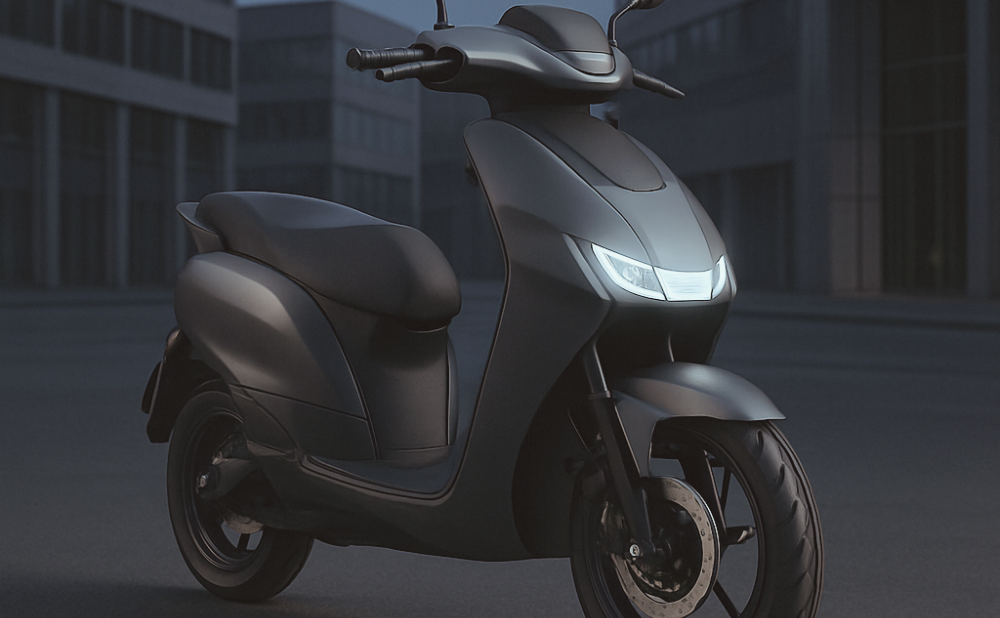The Future of Mobility: Smart Rides and Beyond
1. Smart Rides: The Heart of Future Mobility

Smart rides refer to autonomous, connected, electric vehicles (often called ACE vehicles) that are designed to deliver safer, greener, and more efficient transport. These vehicles use a blend of sensors, machine learning, real-time data, and connectivity to make intelligent decisions without human input.
🔍 Key Features:
-
Autonomous Driving: Self-driving capabilities reduce human error, which is responsible for over 90% of road accidents.
-
AI-Driven Navigation: Real-time traffic analysis, weather adaptation, and predictive routing.
-
Eco-Friendly Engines: Fully electric or hydrogen-powered, with zero emissions.
-
Personalized User Experience: Adaptive cabin environments, entertainment, and navigation based on user profiles.
Imagine ordering a ride via voice assistant, having the vehicle arrive at your doorstep, and getting whisked away in a car that communicates with other vehicles, traffic lights, and road sensors—all while you relax or work inside a quiet, efficient pod.
2. Connected Infrastructure: The Digital Backbone
Smart rides rely on more than just technology inside the vehicle. The true magic happens when cities themselves become intelligent, thanks to a deeply connected infrastructure.
🏙️ What Makes It Smart?
-
IoT-Enabled Roads: Embedded sensors in roads that monitor traffic flow, temperature, and road conditions.
-
Dynamic Traffic Lights: Lights that adapt to pedestrian movement and traffic density.
-
Smart Parking Systems: Real-time tracking of available spaces, automated payment, and guidance.
-
Centralized Data Hubs: Urban traffic control centers using AI to manage flow, emergencies, and energy consumption.
This connected environment allows for vehicle-to-everything (V2X) communication—where cars, buildings, pedestrians, and signals all “talk” to each other, making cities safer and dramatically reducing congestion.
3. Multimodal Mobility: Seamless Movement Across Modes
Smart rides are only one part of the equation. The future of transportation is multimodal, meaning users can move effortlessly between cars, trains, bikes, and more—without disruption.
🚲 A Day in the Life:
-
Book your journey through a single app.
-
Begin with a self-driving shuttle.
-
Switch to an electric scooter for the last mile.
-
Reach your destination without ever waiting in line, checking schedules, or worrying about payment.
Multimodal hubs are being developed worldwide to connect buses, metros, scooters, ride-shares, and even flying taxis, offering unmatched flexibility.
4. Sustainability: Clean Tech Driving Clean Cities
At the core of smart mobility is a strong commitment to environmental sustainability. With the transportation sector being a major contributor to global carbon emissions, smart rides offer an opportunity for course correction.
🌍 Greener by Design:
-
Electric Powertrains: Reduced noise and pollution.
-
Shared Mobility: Fewer cars, less traffic, and optimized routes.
-
Carbon Tracking: Systems that calculate and display the environmental impact of each ride.
-
Renewable Integration: Solar-powered EV charging stations and wind-powered transport hubs.
By reducing dependency on fossil fuels and promoting energy efficiency, smart mobility is a driving force in the movement toward carbon-neutral cities.
5. Challenges Ahead (And Why They’re Worth Overcoming)
Of course, the road to smart mobility isn’t without its bumps.
⚠️ The Hurdles:
-
Infrastructure costs and retrofitting old cities.
-
Cybersecurity risks with connected vehicles.
-
Public trust in self-driving technology.
-
Regulatory challenges and policy lag.
But innovation is often about bold moves, and the benefits of smart mobility far outweigh the obstacles. With the collaboration of governments, tech innovators, and city planners, these challenges are being addressed one by one.
- Conclusion: A Smarter Way Forward Smart rides represent more than just high-tech cars—they symbolize a future where mobility is intelligent, sustainable, accessible, and human-centric. As we reimagine transportation from the ground up, we open doors to safer roads, cleaner air, and better-connected lives. The future isn’t just about getting from A to B—it’s about how we move, why we move, and what kind of world we want to move through.
“As we embrace the future of mobility, our focus remains on building smarter, cleaner, and more connected ways to move. This vision is not just about innovation—it’s about shaping a sustainable lifestyle for generations to come.”
Sanjeev Singhal – Director International Supply Chain
Comments ( 1 )
Comments are closed.



Habitant morbi tristique senectus et netus et malesuada. Id aliquet lectus proin nibh nisl condimentum. Consectetur a erat nam at lectus urna duis. Pellentesque elit ullamcorper dignissim cras tincidunt.